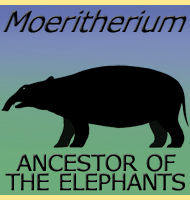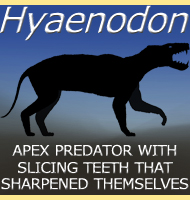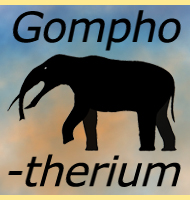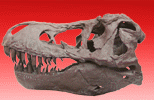


Phiomia
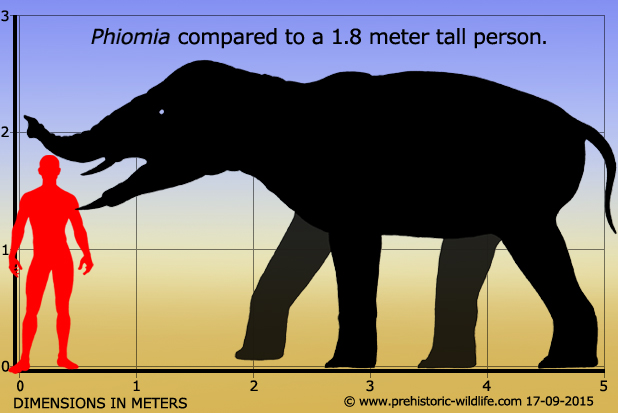
Name: Phiomia
(Named after the Faiyum of Egypt).
Phonetic: Fee-o-my-ah.
Named By: C. W. Andrews & H. J.
L. Beadnell - 1902.
Classification: Chordata, Mammalia,
Proboscidea, Phiomiidae.
Species: P. serridens
(type), P. major.
Diet: Herbivore.
Size: Up to 2.5 meters high at the shoulder.
Known locations: Egypt - Gebel Qatrani
Formation. Ethiopia. Libya.
Time period: Priarbonian of the Eocene through to
the Rupelian of the Oligocene.
Fossil representation: Several individuals.
Phiomia was a primitive proboscean of the Eocene/Oligocene that was still quite similar in appearance to a modern elephant. One of the key features about Phiomia was the lower mouth where two tusks grew forwards into a shovel-like structure. This may have been used to shovel up plants from out of the ground, or perhaps even to strip bark off of trees. Phiomia likely had a trunk, however there is some uncertainty as to exactly how long this trunk would have been.
Further reading
- A preliminary note on some new mammals from the Upper Eocene of
Egypt. - Survey Department, Public Works Ministry, Egypt. -
C. W. Andrews & H. J. L. Beadnell - 1902.
- New large−bodied mammals from the late Oligocene site of Chilga,
Ethiopia. - Acta Palaeontologica Polonica 49(3):365-392.
- W. Sanders, J. Kappelman & D. T. Rasmussen
- 2004.
----------------------------------------------------------------------------
Random favourites
 |
 |
 |
 |
